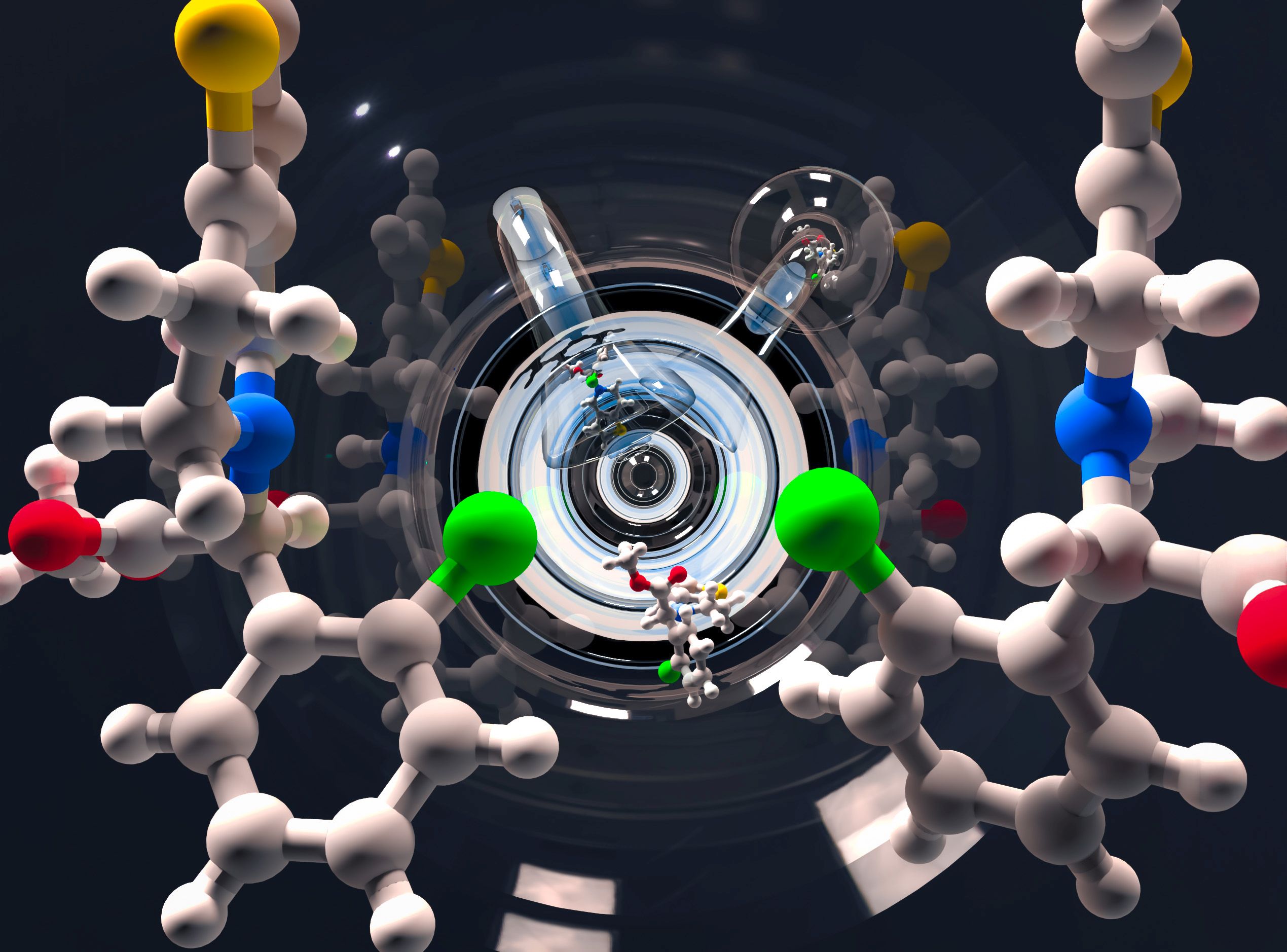
Sustainable Energy Materials
The overarching goal of the Sustainable Energy Materials theme is to use fundamental insights in (nano)photonics and (nano)materials to efficiently convert sunlight to electricity, chemicals, fuels, light and heat. We have the ambition to design and predict where energy flows and how it is converted in artificial photosystems to these different types of useful products. The AMOLF research program in Sustainable Energy Materials brings researchers from different disciplines together to approach the limits of conversion efficiency between different types of energy by controlling materials at the nanoscale. This can translate to completely new material properties and device functionalities, ranging from self-optimizing tandem solar cells to programmable and reconfigurable catalysts that enable totally new designs for light-driven chemical reactors.
Groups:
Nanoscale Solar Cells | Prof.dr. E.C. Garnett
Highlights | Output
3D Photovoltaics | Prof.dr. E. Alarcon Llado
Highlights | Output
Hybrid Nanosystems | Dr. W. Albrecht
Highlights | Output
Ultrafast Spectroscopy | Prof.dr. H.J. Bakker
Highlights | Output
Hybrid Solar Cells | Prof.dr. B. Ehrler
Highlights | Output
Self-Organizing Matter | Prof.dr. W.L. Noorduin
Highlights | Output
Photonic Materials | Prof.dr. A. Polman
Highlights | Output
